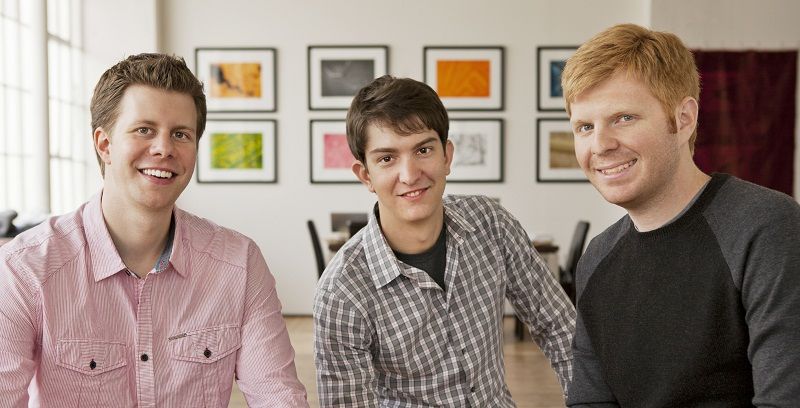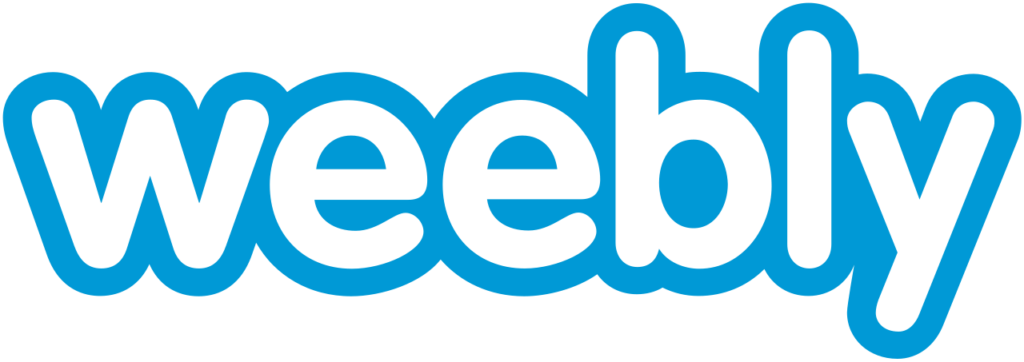The Founding Story of Weebly : The Website Hosting and Building Interface
There have been many cases when people created wondrous things without knowing its worth. Though they want to accomplish a goal, they don’t have the idea that of the impact of their end product. They just keep working to get the product, and at the end, when the product is ready, it transforms their whole lives. One appropriate example of the same is none other than Weebly. Three college students, Dave Rusenko, Chris Fanini, and Dan Veltri, founded Weebly as a college project in 2006, and now, it is one of the most popular website building platforms.
Rusenko and Fanini were friends and met Veltri at the Pennsylvania State University. The university required every student to maintain an online profile. So one of Rusensko’s friend, who was a non-computer student, asked him to help her out with building her website for the astronomy class. While he was helping her, he figured out that many people need a website, but don’t have the skill to build one. This incident led him to think of developing a software that would help people, who did not know how to code, build a whole website.
Rusensko wrote the first line of code for the software, Weebly, as his college project, and Fanini and Veltri also joined in. In 2006, they completed a basic product and represented the same in a tech gathering of 1000 people. But for their disappointment, the CEO who was leading the gathering called the software “the worst idea” over the mic. This was heartbreaking for the three, but they kept the belief in their product, as it was a fact that not many people were into coding and ultimately, needed a website.

After the successful release of the invitational beta of the software in January 2006, in six months, they launched the official private-beta of the software. The next year in January, they took the software to Y Combinator’s winter startup program in Silicon Valley, California. Even though they were the last to apply, their idea had the potential that they got the entry. After getting selected in for the program, the three started working full-time on the software. The next year, they included a new editing interface named “what-you-see-is-what-you-get” to the software. They also raised a US$650,000 funding the same year.
Weebly now was a company, and they had to monetise the software. For that, they introduced the Pro accounts for the users, and also, included AdSense to the platform. In 2009, they also added support for editing the HTML and CSS to Weebly software. In 2013, the company hosted the C series funding, which helped them raise another $35 million. Companies, like Sequoia Capital and Tencent Holdings Ltd., also became the investment partner of Weebly. Till the time, the company had joined 80 employees to its work fleet.
In 2016, the company started working to add support for building an eCommerce website to the software, including the support for online payments through PayPal, Stripe or Authorize.net. It also included features to help people promote their brand, like Facebook Ad creator, integrated email marketing, and lead capture, etc. The platform offers support for 15 different languages, including English, Chinese, Japanese, Russian, Spanish, German, etc.
In 2018, Square acquired Weebly for a massive $365 million in cash and stock.
The website builder provides the users with multiple feature-rich options, such that they can create a multi-function website in minutes. Today, the very platform also provides hosting service where the users can get domain name including .weebly.com, .com, .net, .org, .co, .info, or .us. In the past 12 years, the company has earned over 45 million customers.
In 2007, Weebly was among the 50 Best Websites of 2007 by TIME Magazine. The CEO and co-founder of Weebly, David Rusenko, got a place in the Forbes’ list of “30 Under 30” in 2011.

Yashica is a Software Engineer turned Content Writer, who loves to write on social causes and expertise in writing technical stuff. She loves to watch movies and explore new places. She believes that you need to live once before you die. So experimenting with her life and career choices, she is trying to live her life to the fullest.
